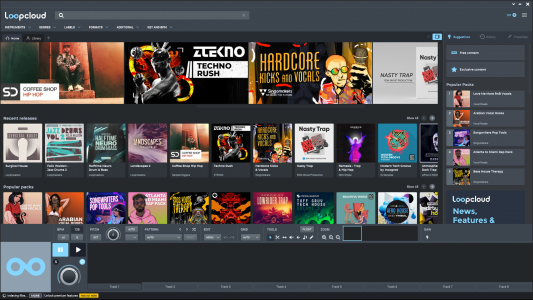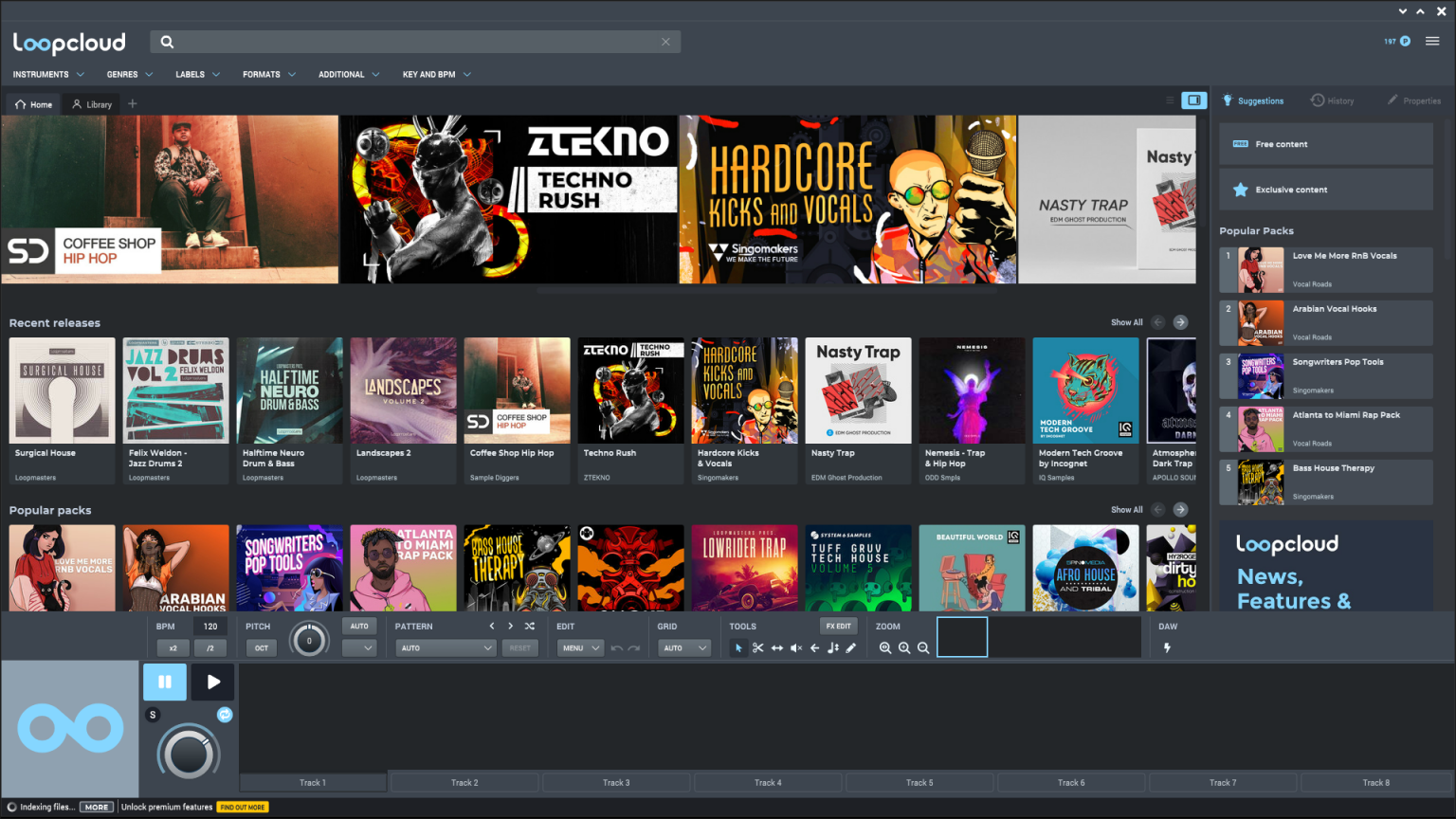Every time I open up my sample library I get confronted with this never-ending list of drum samples. Sifting through hundreds of files to find that perfect sample. Starting out with high quality samples will give you a head start in your production game. But how do you pick good samples and what qualities do you listen for?
A good sample doesn’t need additional EQ and compression. If you use high quality samples you won’t have to spend much time in the mixing stage because you start out with a good source. You don’t need to layer 3 different kickdrums when you pick the right sample from the start.
Sound qualities
When looking for samples you may have a sound in your head depending on the genre you’re working on. Are you looking for a fat and punchy house kick or a bright and snappy EDM kick? There are many qualities to look for in a sample:
- Pitch: What is the fundamental note of the sample? Obviously important for melodic samples but just as important for kick and tom samples.
- Length: A long boomy kick or a short snap? If you plan on using a heavy bassline, a shorter kick may be more appropriate. A general rule is that the shorter samples have less low end because low frequencies have longer wavelengths.
- Transient: Does the sound have a long attack or a clicky transient? The shorter attack and the louder the transient the more high frequencies you will get.
- Frequency spectrum: The balance between low, mid, and high frequencies. Do you want crispy bright hi-hats or mellow sounding shakers? Does the sound fill the entire spectrum or dominate a small frequency band?
- Stereo Width: Some percussion samples and most loops are in stereo. A stereo sample sounds more interesting but can get in the way of other elements.
- Aggressiveness: This is usually related to harmonics. A sine is very mild in comparison to a square wave. Distortion adds harmonics so a distorted sample sounds more aggressive but takes up more room in the mix.
Where to get high quality samples?
There is an enormous amount of sample companies to be found online. Back in the day, you would buy CD’s filled with samples. Most of those samples would go unused. Nowadays all samples can be bought online through the use of subscription models.
These subscription models give you a number of credits or points per month which allow you to buy only the samples you want. Popular sample subscriptions are:
The benefit of these platforms is that all samples are curated to make sure you get the highest quality samples available. All sites allow you to browse per genre, instrument, bpm, and key which makes finding that perfect sample way easier. Loopcloud comes with a handy program to quickly edit samples and integrates into your daw with a plugin.

The downside to subscription models is that you will always be paying a fee per month. You will always pay the same amount for each sample whether you want to buy a complete sample pack or buy every sample individually. You won’t get bundle discounts that traditional sample stores like Loopmasters offer.
Here is a short list of the most qualitative sample labels out there:
- Sample Magic: In my opinion the highest quality samples you will ever come across.
- Production Music Live: Good quality all round samples. They make great courses on music production as well.
- Samples From Mars: All the classic drum computers and synths meticulously sampled in great detail on analog gear.
- Thomas Penton Essential Series: A must-have for house producers.
- HY2ROGEN: One-shots, loops, presets, they have everything in all popular genres.
Context
A good sample is the one that fits your production. A sample may sound crappy on its own but it may just be the thing your production needs. Many producers start out with a drumbeat. They end up with a collection of samples that form a solid beat. However, once you start adding new elements to the mix those drum sounds may not work anymore.
Since the kick is the most important element of most electronic dance music I may choose a different kick sample when the arrangement is done. Sometimes you’ll think you can fix a sample in the mix by using lots of processing, but often it’s so much easier to just swap it out for another sample.
A kick that isn’t cutting through the mix can be rescued by adding an additional kick sample on top. The same is true if you kick is lacking low-end energy. Just add a subby kick sample underneath. Be careful the low end doesn’t clash, however. Some tuning or filtering may be needed to blend the two samples together.











